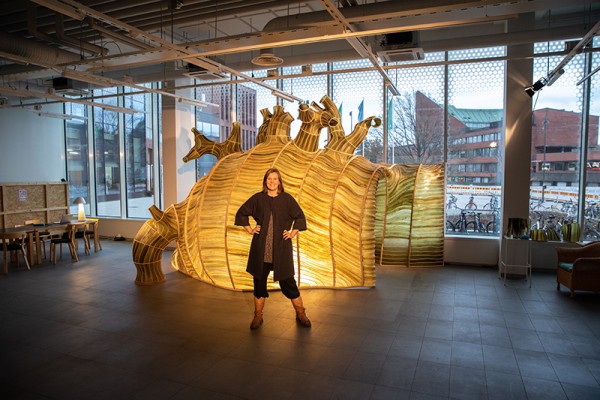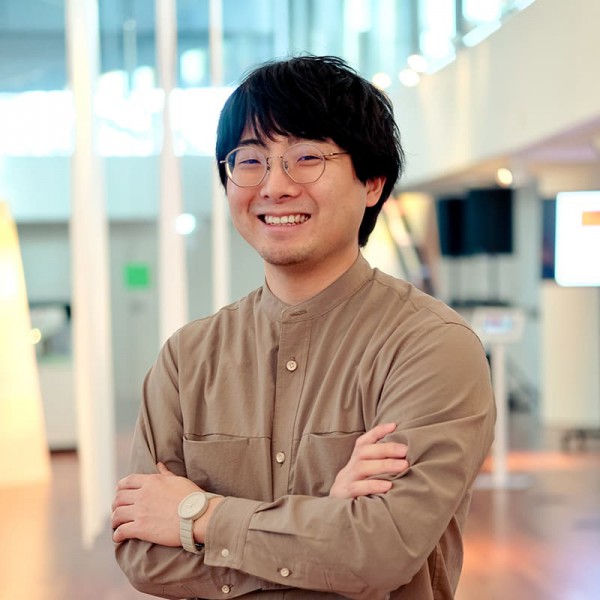Place of activity
USA, LA
Text about the artist.
Jacob Hurwitz-Goodman is a filmmaker from Detroit and based in L.A. His eclectic, intimate work has won an Emmy Award, and awards at film festivals internationally. His films often explore the borderlands between politics, economics, tech paradigms, and subcultural characters. Over the years, he has partnered with a wide range of notable media and documentary production companies to produce films that have screened at the Athens Biennale, CPH:DOX, the DeYoung Museum, the Zeppelin Museum, Raindance, and ITVFest, as well as in museums, theaters, and festivals globally. Hurwitz-Goodman is the co-creator of the critically acclaimed Far Off Sounds, an immersive documentary web series about obscure, ecstatic musical experiences around the world.









